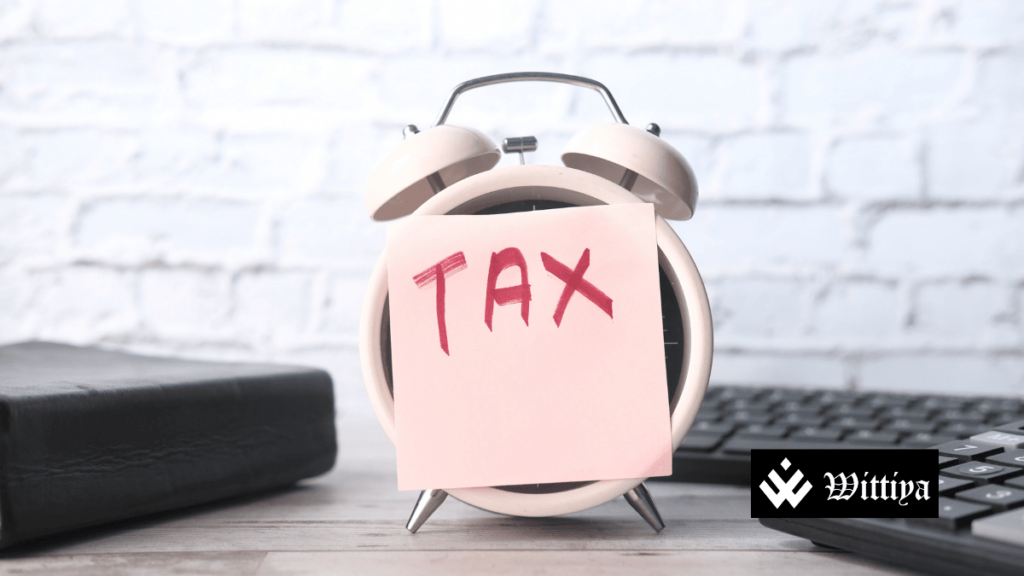In the Union Budget 2025-26, presented on February 1, 2025, Finance Minister Nirmala Sitharaman announced significant income tax reforms aimed at providing relief to the middle class in India. The new tax regime exempts individuals earning up to ₹12 lakh annually from income tax and introduces revised tax slabs with reduced rates for higher income brackets. These measures are designed to increase disposable income and stimulate economic growth.
On February 1, 2025, India’s Finance Minister, Nirmala Sitharaman, presented the Union Budget for the fiscal year 2025-26, introducing significant reforms aimed at providing relief to the middle class through a revamped income tax structure. A key highlight of the new tax regime is the exemption of income up to ₹12 lakh from taxation, along with reduced rates across various income brackets to enhance disposable income.
Revised Income Tax Slabs for FY 2025-26:
| Income Range (₹) | Tax Rate |
| 0 – 4,00,000 | Nil |
| 4,00,001 – 8,00,000 | 5% |
| 8,00,001 – 12,00,000 | 10% |
| 12,00,001 – 16,00,000 | 15% |
| 16,00,001 – 20,00,000 | 20% |
| 20,00,001 – 24,00,000 | 25% |
| Above 24,00,000 | 30% |
In contrast, the previous tax regime taxed incomes above ₹15 lakh at a flat rate of 30%. The new structure not only raises the tax-free threshold but also introduces more progressive tax rates, aiming to reduce the financial burden on middle-income earners.
Taxpayers retain the option to choose between the new and old tax regimes, depending on which is more beneficial to their financial situation. The old regime offers various exemptions and deductions, such as House Rent Allowance (HRA) and Leave Travel Allowance (LTA), but comes with higher tax rates. The new regime simplifies the tax process with lower rates and fewer exemptions, making it more straightforward for taxpayers to file returns and plan their finances.
The government anticipates that these changes will increase disposable income for the middle class, thereby boosting consumer spending and stimulating economic growth. By alleviating the tax burden, the budget aims to enhance the financial well-being of citizens and promote



